LATVIJA.FM
The Origins of Latvia: From Baltic Tribes to a Nation
Nestled along the eastern shores of the Baltic Sea, Latvia boasts a rich history that weaves together the stories of ancient tribes, trade routes, and resilient people. The journey from scattered Baltic tribes to the proud nation of Latvia is one of cultural perseverance, adaptation, and unity. Let’s delve into the captivating origins of this unique country.
The Baltic Tribes: A World of Forests and Rivers
Thousands of years ago, long before the word "Latvia" existed, the land was home to various Baltic tribes. The ancestors of modern Latvians were primarily the Curonians, Semigallians, Selonians, Latgalians, and Livonians. Each tribe had its own distinct identity, customs, and way of life, shaped by the lush forests, flowing rivers, and fertile plains that characterized the region.
These tribes were masterful navigators and tradespeople, establishing early connections with neighboring regions. Amber, often called “the gold of the Baltic,” became a coveted commodity that flowed along ancient trade routes, linking the tribes to the broader world. Yet, despite these connections, the tribes remained largely autonomous, bound by local loyalties rather than a unifying identity.
These tribes were masterful navigators and tradespeople, establishing early connections with neighboring regions. Amber, often called “the gold of the Baltic,” became a coveted commodity that flowed along ancient trade routes, linking the tribes to the broader world. Yet, despite these connections, the tribes remained largely autonomous, bound by local loyalties rather than a unifying identity.
The Rise of Riga and the Hanseatic League
The first steps toward unification began in the early 13th century with the arrival of German traders and missionaries. The establishment of Riga in 1201 marked a turning point in Latvian history. This small settlement quickly grew into a bustling port city, becoming a key player in the Hanseatic League—a powerful network of trading cities across Northern Europe.
Riga’s rise brought economic prosperity, but it also ushered in an era of foreign domination. German crusaders, under the guise of spreading Christianity, subdued the Baltic tribes and established control over the region. While the tribes were integrated into medieval European structures, their language, folklore, and traditions endured, forming the foundation of Latvian identity.
Riga’s rise brought economic prosperity, but it also ushered in an era of foreign domination. German crusaders, under the guise of spreading Christianity, subdued the Baltic tribes and established control over the region. While the tribes were integrated into medieval European structures, their language, folklore, and traditions endured, forming the foundation of Latvian identity.
Foreign Rule and the Preservation of Culture
For centuries, Latvia was ruled by external powers, including the Livonian Order, Poland-Lithuania, Sweden, and eventually the Russian Empire. Despite these changing rulers, the Latvian people maintained their distinct culture. Songs, dances, and oral traditions became tools of resistance and preservation, passed down through generations.
The 19th century saw a resurgence of Latvian identity during the National Awakening. Intellectuals and artists began to celebrate the Latvian language and heritage, challenging the dominance of foreign influences. This cultural renaissance sowed the seeds for Latvia’s eventual independence.
The 19th century saw a resurgence of Latvian identity during the National Awakening. Intellectuals and artists began to celebrate the Latvian language and heritage, challenging the dominance of foreign influences. This cultural renaissance sowed the seeds for Latvia’s eventual independence.
Latvia’s Road to Nationhood
The path to becoming a nation was not without struggle. Amid the upheavals of World War I, Latvians saw an opportunity to assert their independence. On November 18, 1918, Latvia declared itself a sovereign state. However, this newfound freedom was short-lived, as Latvia faced occupation during World War II and subsequently became part of the Soviet Union.
It wasn’t until August 21, 1991, with the collapse of the USSR, that Latvia regained its independence. This time, it was here to stay. Since then, Latvia has flourished as a democratic nation, blending its deep-rooted traditions with a modern European identity.
It wasn’t until August 21, 1991, with the collapse of the USSR, that Latvia regained its independence. This time, it was here to stay. Since then, Latvia has flourished as a democratic nation, blending its deep-rooted traditions with a modern European identity.
The Legacy of Unity
Latvia’s story is a testament to resilience. From the early Baltic tribes to the modern republic, Latvians have navigated centuries of external pressures while preserving their unique culture and language. Today, the nation stands as a proud member of the European Union, celebrating its heritage through festivals, art, and a vibrant national spirit.
As you walk through the streets of Riga or explore Latvia’s pristine countryside, you’re stepping into a living history—a place where ancient traditions meet modern ambitions. The story of Latvia is far from over, but its origins remind us of the enduring power of unity, culture, and a shared vision for the future.
As you walk through the streets of Riga or explore Latvia’s pristine countryside, you’re stepping into a living history—a place where ancient traditions meet modern ambitions. The story of Latvia is far from over, but its origins remind us of the enduring power of unity, culture, and a shared vision for the future.
